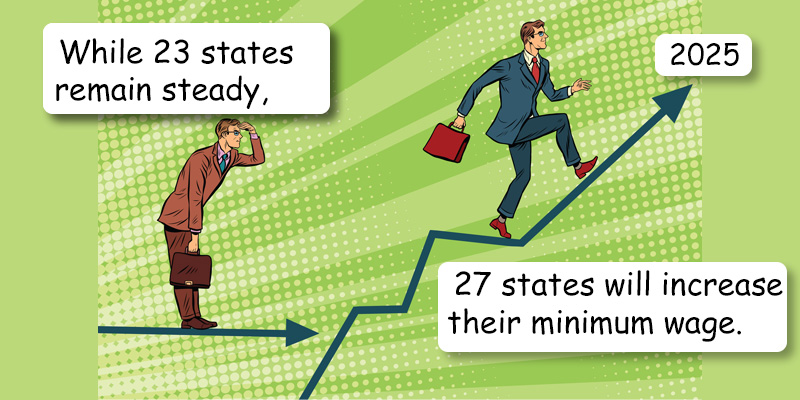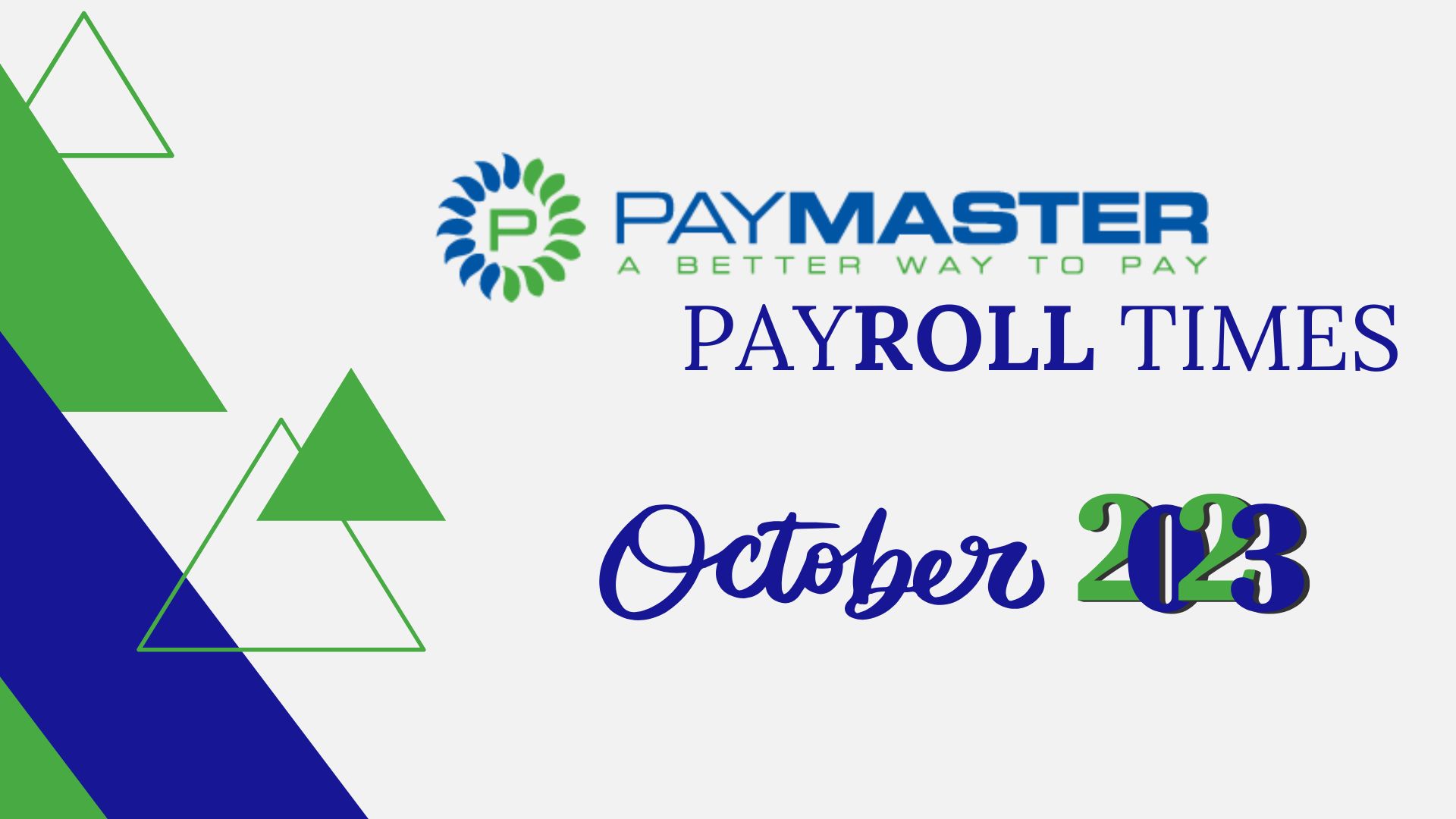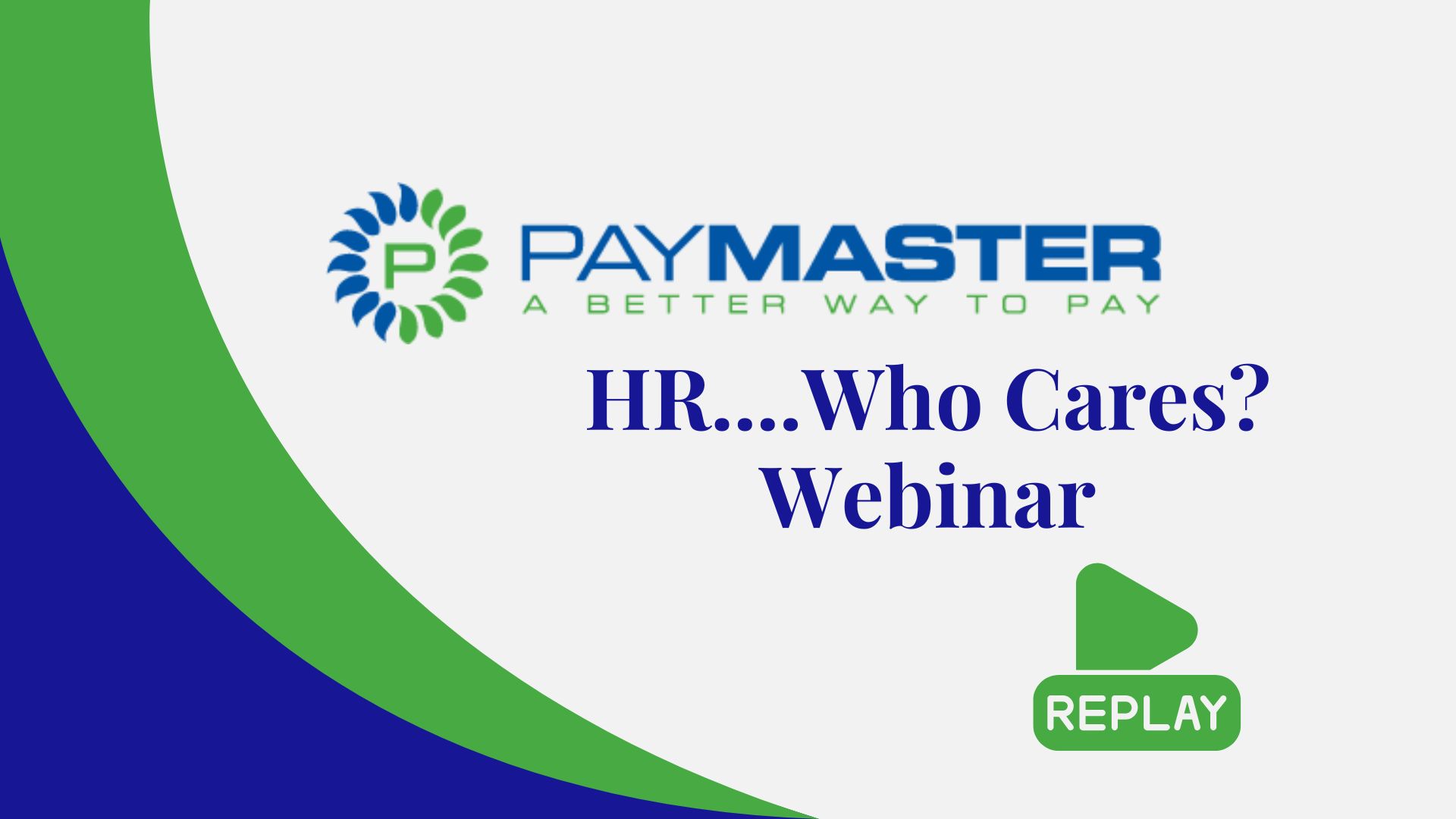While the Federal minimum wage remains at $7.25 per hour for the past 16 years, 27 states and many cities, counties and locals have set increases effective January 1st, 2025 with a few announcing a change during 2025. Many states are continuing their march to $15.00 per hour with many states now exceeding that rate with places in Washington state that have a minimum wage above $20 per hour. A list of each state/local, along with the new hourly rate is listed below. States that do not have a minimum wage change scheduled may not be listed. All rates are…
Most years, the only thing we have to worry about when it comes to retirement plan administration is adjusting for the cost-of-living increase to contribution limits. Some years we don’t even have that, but this year is an exception with that, plus major changes you will need to make and consider. So first, the easy stuff. The cost-of-living increase, to the maximum amount an individual can contribute to their 401(k), 403(b), governmental 457 and the Thrift Savings plans, will be increased to $23,500, up from $23,000 in 2024. The catch-up contribution will remain at $7,500 and the limit on annual…
New Federal rules are impacting employers. Check out this webinar replay for compliance strategies.
HR.....Who Cares?
Watch this webinar replay to learn more about our HR consulting and more.










